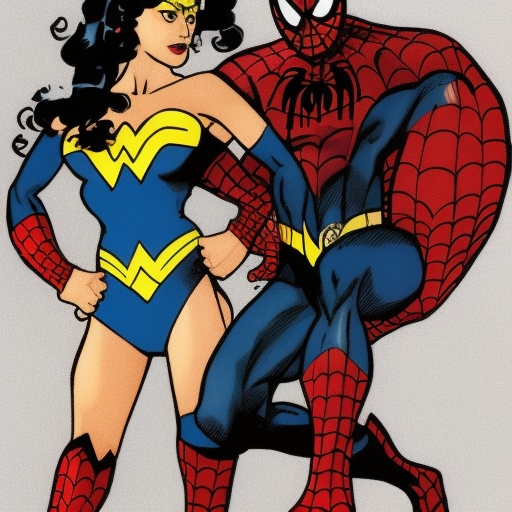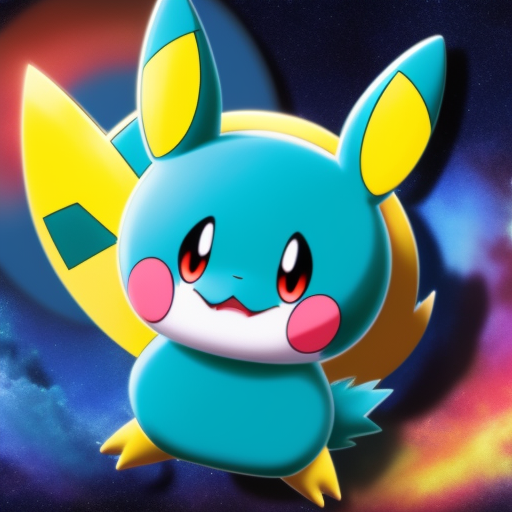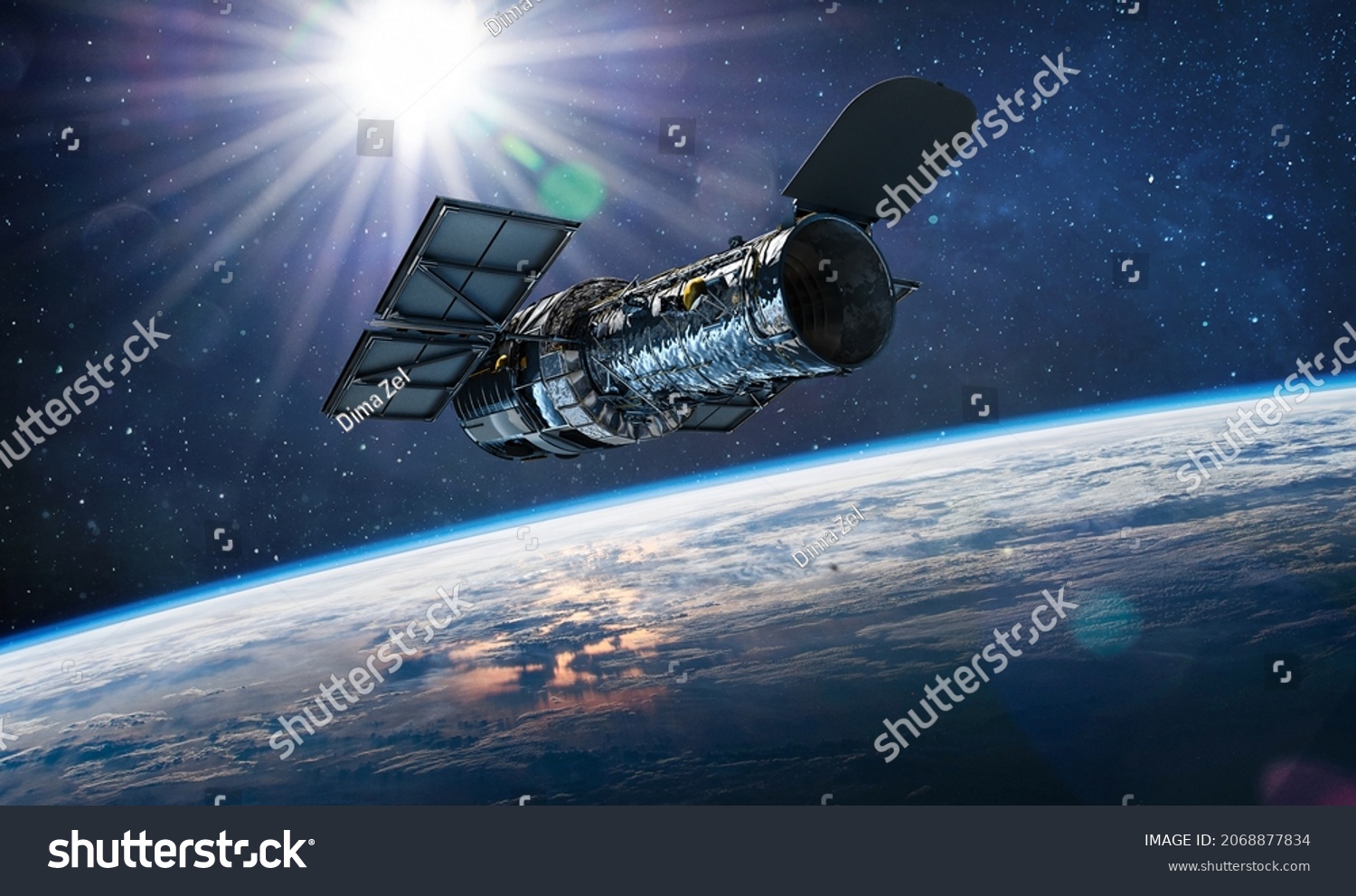Characters from Marvel and DC Comics merged to create
For a long time, the prospect of a crossover between Marvel and DC Comics has piqued the interest of comic readers everywhere. Both of these comic book heavyweights have given the world innumerable memorable fictional personalities, each with their own canon of backstory and legion of devoted followers. Any comic book fan would go crazy at the prospect of their favorite Marvel and DC heroes teaming up for a narrative arc or perhaps creating a brand new character through creative sharing. In this piece, we’ll look back at Marvel and DC Comics’ long and storied careers, trace the roots of team-up comics, and discuss the industry-altering effects of shared characters. We’ll also discuss reader reception to shared characters, the industry of crossover comics, and some of the most memorable Marvel/DC characters and their adventures.
The Origins, Development, and Future of Marvel and DC Comics
Without a doubt, Marvel and DC Comics are two of the most well-known publishers in the comic book business. Both firms have deep roots in the industry and contributed significantly to modern comics. Timely Comics was the name under which Martin Goodman launched Marvel Comics in 1939. In contrast, Malcolm Wheeler-Nicholson established DC Comics in 1934 under the name National Allied Publications.
Marvel Comics’ Early Years
During the Golden Age of Comics, Timely Comics (now known as Marvel Comics) was a publisher of superhero comics. Characters like Captain America, the Human Torch, and Namor the Sub-Mariner were among the first to be introduced by the company. When sales began to decline in the ’50s, the publisher shifted its attention to other genres, including romance, horror, and western comics.
DC Comics: Their Early Years
Nonetheless, DC Comics was an early player in the comic book market. Superman, Batman, and Wonder Woman were all created by this corporation. These heroes helped pioneer the superhero genre and made DC Comics a powerhouse in the comic book business.
Marvel and DC Comics: A Look Back at Their History
Both Marvel and DC Comics have grown and changed over the years. They have presented fresh faces, plots, and even alternate realities. The businesses are keeping up with the changes by trying new things, such as different genres and styles.
The First Attempts at Making Comics Together
In the late ’70s, the idea of a partnership between Marvel and DC Comics first emerged. The comic book business was experiencing a sales downturn at the time, and both publishers were looking to increase their profile.
The Very First Comic Book Made With Teamwork
Superman vs. The Amazing Spider-Man was the first Marvel/DC crossover, appearing in 1976. Because of the success of the crossover comic, similar projects are now possible.
Justifications for Working Together
The primary motivation for Marvel and DC Comics to work together was a shared goal of expanding the market for and interest in comic books. They anticipated that by pooling their respective fan bases, they might reach a wider audience and generate more revenue.
The Pros and Cons of Working Together
There were benefits and drawbacks to working with DC and Marvel on comics. One positive aspect is that it made it easier to invent interesting new plots and characters. But, it was difficult for creators because they were thrust into roles with people they didn’t know.
Collaboration Between Marvel and DC to Create New Heroes
When Marvel and DC Comics worked together, they created characters that were a hybrid of the two companies’ best ideas.
First Character Created by Both Marvel and DC
Dark Claw, created by Amalgam Comics, was the first Marvel/DC character. He was a mashup of Batman and Wolverine. The character’s popularity led to the creation of an entire shared canon.
How We Come Up With Our Shared Personality
Joint characters were the result of a creative process involving writers and artists from both studios. They had to come up with characters who were faithful to the originals while also satisfying fans of the other realm.
Importance of Conjunctions
Sharing characters allows Marvel and DC to grow their shared universes and reach a wider audience. In addition, they allowed viewers to witness their favorite characters working together and interacting in fresh and engaging ways.
The Effects of Shared Characters on the Comics Industry
The influence of joint characters on the comic book industry and on the lives of individual readers cannot be overstated.
Fan Reaction to Shared Characters
Fans’ reactions to shared characters have been overwhelmingly favorable, with many appreciating the chance to witness their favorite characters from different canons work together. Some fans, however, have complained that the characters are too gimmicky and have strayed too far from their source material.
The Importance of Shared Characters in Comics
Collaborations between Marvel and DC Comics have enhanced sales and visibility for both companies, demonstrating the huge impact of shared characters on the comic book business. They’ve also paved the path for increased cross-publisher collaboration in the comics industry.
Joint Characters and Their Impact on Narrative
Thanks to shared personalities, hitherto impossible plot twists have become commonplace. They’ve also pushed creators to the limit in terms of coming up with fresh concepts for stories and characters.
Collaboration Comics: The Next Big Thing
In recent years, it has become increasingly common for comic book publishers to work together on shared characters and stories. Comic book giants Marvel and DC Comics sometimes work together to produce groundbreaking new heroes and villains. The increasing popularity of such works raises the question of where collaborative comics go from here.
Developments in Collaboration Comics at the Present Time
As more and more comic book publishers see the potential benefits of teaming up, collaborative comic books have risen in popularity. Marvel and DC Comics have been at the forefront of this trend by creating cooperative books and characters over the years.
Upcoming Marvel/DC Character Collaborations: What Could Go Wrong?
The future of Marvel and DC crossover characters is wide open. The possibility for generating interesting new characters is enormous because there are so many different characters and tales in each realm. Maybe the likes of Spider-Man and Batman will join forces, or maybe Captain America and Superman will. It’s anyone’s guess what Marvel and DC Comics’ next collaboration will be, but readers can’t wait to see it.
The Importance of Teamwork for the Development of Comics
The future of the comic book industry depends heavily on the prevalence of collaborative efforts. Now that publishing houses realize they can reap benefits from collaborating, we should expect to see more collaborative ventures in the years to come. This may inspire innovative plots, brand-new characters, and renewed enthusiasm in comic books.
How Fans Feel About Shared Characters
Some comic book readers may be excited by the prospect of a crossover between Marvel and DC characters, but how are these pairings received by other readers?
How Marvel’s Fans Feel About Shared Characters
Fans of the Marvel universe often make no bones about how much they like their favorite heroes and villains. The prospect of seeing their beloved Marvel heroes team up with their beloved DC Comics heroes is almost too fantastic to be true. For fans, it’s a dream come true when established heroes join forces with fresh faces.
The Opinions of DC Comics Readers About Shared Characters
Fans of DC Comics do the same thing with their favorite characters. Some DC fans, though, might be hesitant to see their favorite heroes team up with those from Marvel. Crossover events risk disappointing fans who want their favorite characters to remain faithful to their roots.
Fans’ First Impressions of Shared Characters
The idea of mixing Marvel and DC Comics characters may appeal to casual viewers who aren’t necessarily invested in the history or fandom of comic books. Some readers may not be particularly committed to any comic book continuity, but the chance to see their favorite characters in unfamiliar settings may be too good to pass up.
Making a Living in the Industry of Shared Comics
There are promotional and monetary benefits to partnering with another publisher to generate shared comics and characters. However there are other obstacles that must be conquered.
The Promotional and Monetary Values of Group Comics
By appealing to fans of both properties, publishers can benefit monetarily from collaborative comics. Having two publishers push the same comic series to their separate readerships can have a substantial impact on sales.
The Perils of Working Together for Authors and Publishers
Different perspectives on the creative process and the desired direction for the brand can be obstacles for both publishers and creators when working together. To make sure the final product satisfies both the publishers’ and the fans’ needs, a middle ground must be found.
From a Commercial Standpoint, What the Future Holds for Collaboration Comics
The commercial potential of collaborative comics is promising. By working together, publishers can attract a wider audience and generate more money from fresh, engaging plots. Yet, it is essential that the two publishing houses reach an agreement to preserve the integrity of the original characters’ creative vision.
Popular Marvel/DC Characters Who Have Shared Stories
Marvel and DC Comics have worked together on some great new characters and stories throughout the years. Only a few examples of this are as follows:
Spider-Boy
This Spider-Boy from Amalgam Comics is a cross between Spider-Man and Superman. The plot revolves around Spider-fight Boy’s against evil in a unified multiverse.
dark Claw
Batman and Wolverine come together to form Dark Claw. This character from Amalgam Comics was infamous for his extreme violence and lethal fighting techniques.
Silver Age Comics
In the late 1990s, Marvel and DC Comics collaborated on an imprint called Amalgam Comics. The series merged canons by fusing Captain America and Superman to become Super-Soldier.
Super-Soldier
Powers of Captain America and Superman are combined in Super-Soldier. The plot follows the protagonist as he faces off against his sworn enemy, Baron Zero.
Access
Access is a superhero that can switch between the Marvel and DC Comics dimensions. The plot chronicles his exploits as he faces off against evil across two dimensions. To sum up, the merging of Marvel and DC Comics has produced some of the most thrilling and enduring heroes in the medium’s history. Joint characters are loved by both fans and writers alike, despite being less common than solo characters. We can only hope that Marvel and DC Comics will work together on more intriguing projects in the future as the comic book industry develops.
FAQ
When did Marvel and DC first create a character together?
Superman and Spider-Man first appeared in a shared Marvel/DC comic book universe in 1976’s “Superman vs. The Amazing Spider-Man.”
Is there anything bad about doing a comic with other people?
Collaborative comics do have their drawbacks, though. For instance, the tale may become jumbled if the teams responsible for several characters have divergent goals. Furthermore, some audiences may be hesitant to embrace crossovers, opting instead to keep their favorite characters in silos.
Are there any well-known Marvel and DC characters who work together?
Spider-Boy, Dark Claw, Amalgam Comics, Super-Soldier, and Access are just a few of the well-known Marvel and DC characters who have worked together.
What effects do you think shared characters have had on the comic book business?
The introduction of joint characters revolutionized the comic book industry. They’ve opened up new avenues for narrative and allowed fans to watch their favorite characters in thrilling story arcs together. Publishers have benefited monetarily from collaborative comics since they allow them to reach out to Marvel and DC Comics’ respective readerships.







Great post! Are there any pespectives that you may be able to divulge in order to justify your last part a small amount further? thanks a lot
I am currently revising this article, which will be a time-consuming process in and of itself.
Thanks for the post